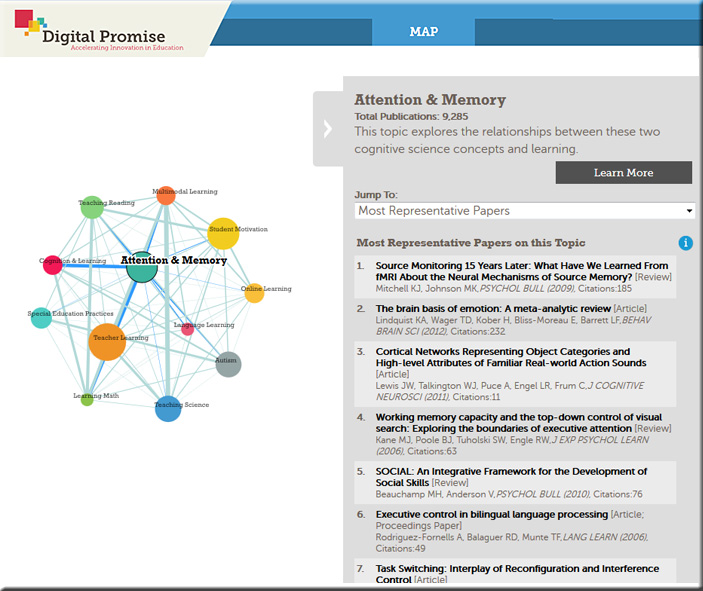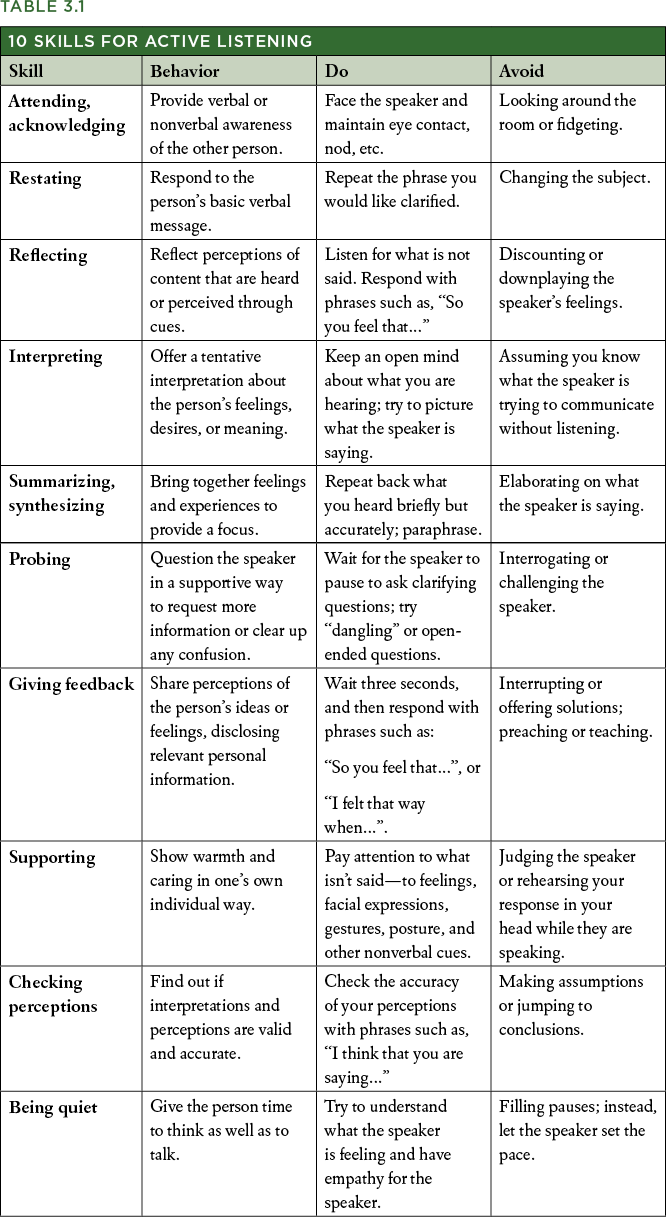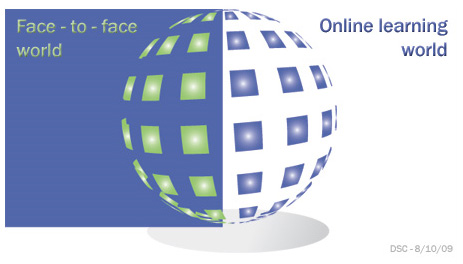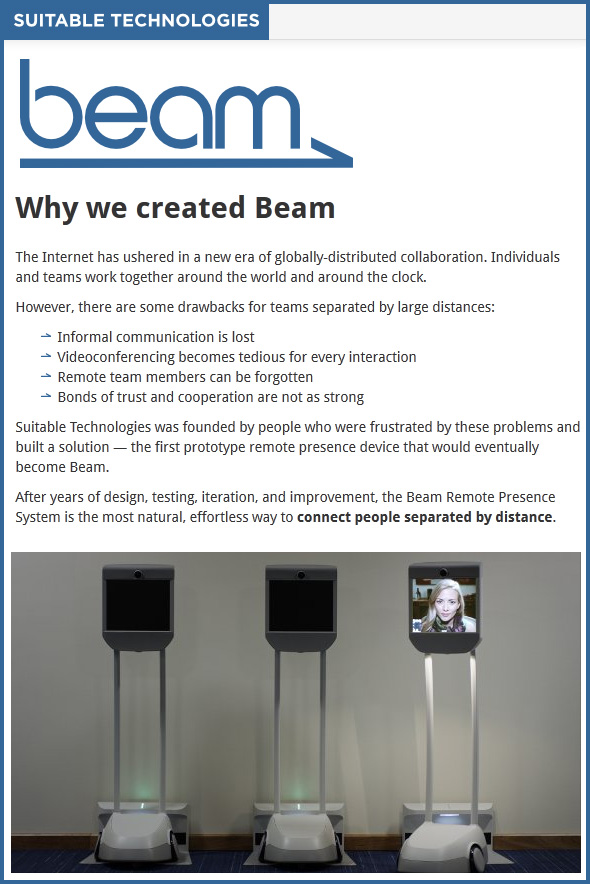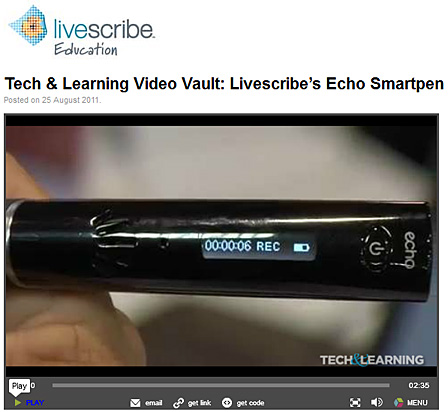From DSC:
Though the title of Ashley Coolman’s blog posting out at smartsparrow.com mentions technology in it, the article is largely not about technology at all — but rather about the benefits of active learning. That’s why I’m highlighting it here.
Enabling active learning through technology — from smartsparrow.com by Ashley Coolman
Excerpts:
To many, it seems as though any learning can be considered active. Is a student taking notes not actively engaged in a class, especially when compared to their peers sleeping or playing on their phones in the back of the room?
The problem here is that while the note-taking student may be engaging with the class and professor, they are not engaging with the material. When furiously scribbling notes, students are more focused on getting every word down rather than evaluating, understanding, and analyzing what it is they are writing. They have engaged with the lecture, but not the material being relayed — which is the most important part.
In a study on active learning called “Active Learning: Creating Excitement in the Classroom”, the researchers stated:
“Surprisingly, educators’ use of the term “active learning” has relied more on intuitive understanding than a common definition. Consequently, many faculty assert that all learning is inherently active and that students are therefore actively involved while listening to formal presentations in the classroom. Analysis of the research literature (Chickering and Camson 1987), however, suggests that students must do more than just listen: They must read, write, discuss, or be engaged in solving problems. Most important, to be actively involved, students must engage in such higher-order thinking tasks as analysis, synthesis, and evaluation.” (Bonwell and Eison 1991)
It is the degree and form by which students are actively engaging that matters. It is “learning by doing” that students really need.
Active learning is any learning activity in which the student INTERACTS or ENGAGES with the material, as opposed to passively taking in the information.
Furthermore, Cornell University found that research suggests learner attention starts to wane every 10–20 minutes during lectures. Incorporating active learning techniques a few times throughout class can encourage more engagement.*
*A side note from DSC:
A tool like Socrative may come in useful here.
The blog posting from Smart Sparrow also linked to this resource:
The problem is that lecture-based learning is not like filling a jug — you just don’t catch it all. Learning from lectures is more like holding out your hands and trying to keep the imparted knowledge from spilling through the cracks in this tidal wave of new information. Ultimately, students will catch some of the water, but most of it will be lost.
A side note from DSC to Calvin College faculty members:
If you doubt the immediately preceding quote, see if you can *fully* recall exactly what last Sunday’s sermon was about — including all examples, details, and wisdom that the preacher was trying to relay.
Ultimately, it’s about impact. What strongly impacts students stays with students — and isn’t that true for all of us?
Ashley lists the following resources re: active learning at the end of her posting:
- Using Active Learning Instructional Strategies to Create Excitement and Enhance Learning
- Active Learning: Creating Excitement in the Classroom
- Where’s the evidence that active learning works?
- How Does Active Learning Support Student Success?
- How To Retain 90% Of Everything You Learn













